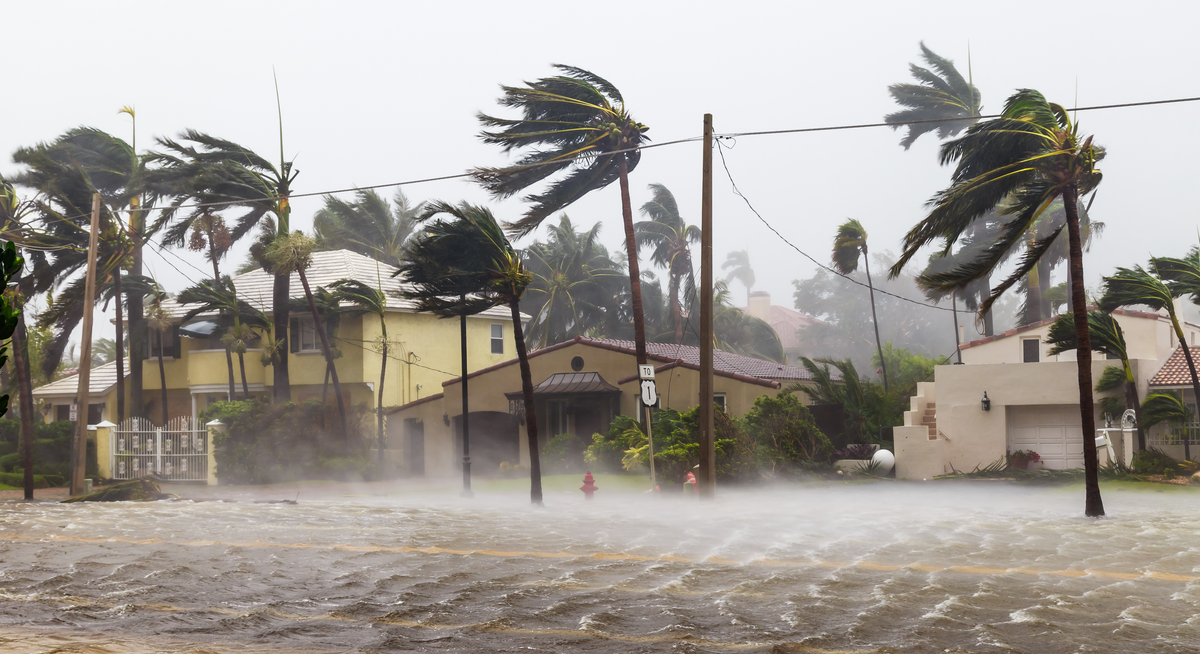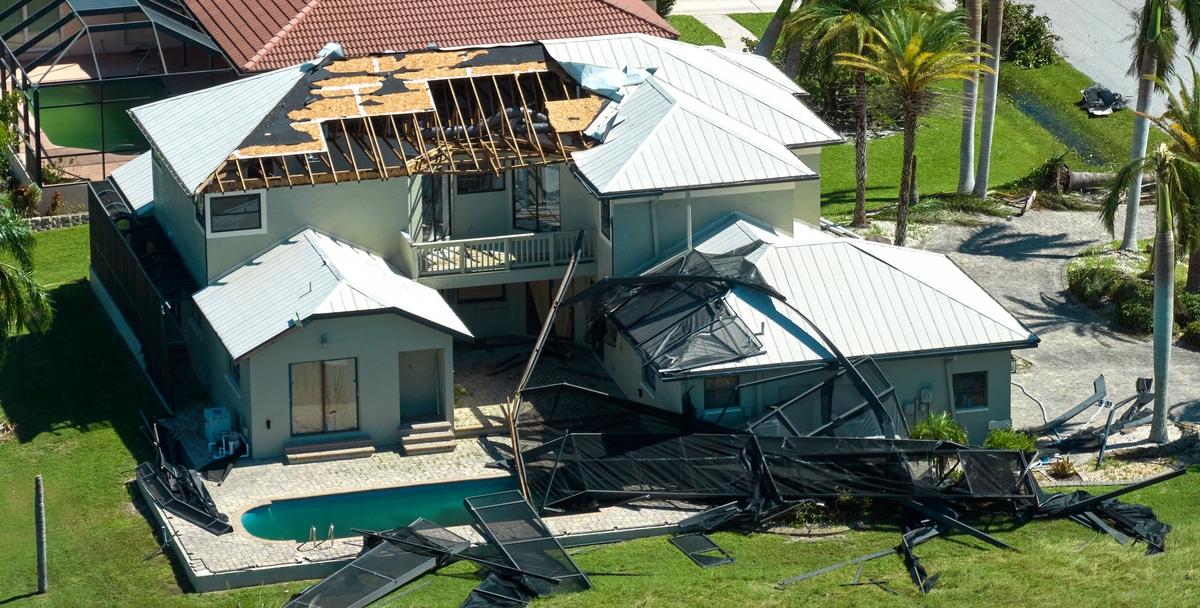The insurance industry is a vital component of the global economy, providing much-needed protection and financial security to individuals and businesses alike.
However, like any industry, it is not immune to the influences of macroeconomic factors. In today's rapidly evolving economic landscape, several key factors, like severe storms and high labor costs, are reshaping the insurance sector. With Hover, explore the primary factors that are impacting insurance costs and industry profitability today.
Why are insurance rates going up?
In recent years, many policyholders have been facing the unpleasant reality of rising insurance rates. Several factors contribute to this trend, one of which is the increasing frequency and severity of natural disasters. Climate change has led to a surge in extreme weather events, resulting in higher claims payouts for insurers. To offset these losses, insurance companies must adjust their rates accordingly.
One significant factor that influences insurance rates is the cost of reinsurance. Reinsurance is a form of insurance that insurance companies purchase to protect themselves from catastrophic losses. With the rise in natural disasters, reinsurers have also faced higher claims payouts, which in turn increases their costs. To cover these expenses, reinsurers pass on the burden to primary insurers, who then adjust their rates to maintain profitability.
Inflation and the overall cost of living can also impact insurance rates. As the cost of goods, labor, and services increases, insurers are compelled to raise premiums to maintain their profitability and financial stability. This is because insurance companies need to ensure that they have enough funds to cover potential claims and maintain a strong financial position.
While these factors contribute to the rising insurance rates, it is essential to remember that insurance is a vital component of our society. It provides individuals and businesses with financial protection and peace of mind in times of uncertainty. Insurers play a crucial role in managing and spreading risks, ensuring that policyholders are adequately protected.
As the insurance industry continues to navigate these challenges, it is crucial for insurers to adapt to the changing landscape. Embracing new technologies and risk management strategies can help insurers provide the best possible protection to policyholders. By staying ahead of the curve, insurers can ensure that they remain resilient and adaptable in the face of evolving risks and uncertainties.
Major factor 1: Severe storms are becoming the norm
The issue of climate change has been at the forefront of global discussions for many years now. As temperatures rise and natural disasters become more frequent and severe, the insurance industry is grappling with the consequences. Insurers are facing an increasing number of claims related to extreme weather events such as hurricanes, wildfires, and floods. These events not only lead to significant financial losses for insurers but also put pressure on them to reassess their risk models and pricing strategies.
| More $1B+ events | Total losses = $114B | SCS events = 63% of total losses |
| The U.S. saw 28 weather/climate disasters with losses exceeding $1 billion each (well above the most recent five-year average of 20.4 events) [NOAA]. | Total U.S. economic losses exceeded the long-term mean at an estimated $114 billion – with carriers covering approx. 70% of these losses for a cost of $80 billion [Aon]. | Across all natural disasters impacting P&C, severe convective storm (SCS) events account for 63% of total U.S. economic losses, totaling $73 billion. |
As climate change brings about long-term shifts in weather patterns, insurers are also faced with the challenge of accurately predicting and pricing the risks associated with these changes. The increasing frequency of catastrophic events has led insurance companies to seek more advanced modeling techniques and data analytics to better understand and manage these risks.
Insurers are also recognizing the need to promote sustainable practices and support initiatives that mitigate the impact of climate change. By adopting environmentally friendly policies and investing in renewable energy projects, insurers can both reduce their own risks and contribute to the global efforts to combat climate change.
Major factor 2: Inflation and supply shortages
Inflation, as a macroeconomic factor, can have a significant impact on insurance premiums. In periods of high inflation, the cost of goods and services increases, and this includes the cost of insurance coverage. Insurers must account for rising costs in their pricing strategies and adjust premiums accordingly.
It is important to note that inflation can affect different types of insurance differently. For example, in the property insurance sector, inflation can lead to an increase in rebuilding costs, which would, in turn, impact property insurance premiums.
Insurers must carefully monitor inflation rates and make the necessary adjustments to ensure that they can cover potential claims adequately. Failure to do so could lead to a situation where insurers are unable to meet their obligations, jeopardizing policyholders' financial security.
Moreover, the impact of inflation on insurance premiums can be further compounded by other external factors. For instance, in regions prone to natural disasters, such as hurricanes or wildfires, the combination of inflation and increased rebuilding costs post-disaster can lead to a surge in property insurance premiums. This double whammy of inflation and heightened risk can put pressure on insurers to reevaluate their pricing models and risk assessment strategies.
Technology can help keep insurance costs low
The insurance industry has traditionally been known for its conservative approach to technology adoption. However, in recent years, the sector has experienced a significant shift, driven by technological innovations.
One of the key benefits of these technological innovations is the ability to collect and analyze vast amounts of data in real-time. This enables insurers to gain deeper insights into customer behavior, identify emerging risks, and offer more personalized products and services.
Technologies like the Hover app have also transformed the claims process, making it faster and more efficient. Insurers can now leverage software like Hover or tools like drones and satellite imagery to assess damages remotely, reducing the time it takes to settle claims and improving customer satisfaction.
Another area where technology is revolutionizing the insurance industry is in the realm of customer engagement. Insurers are increasingly using chatbots and virtual assistants to provide instant support to policyholders, answer queries, and guide them through the insurance buying process. This not only enhances the customer experience but also helps insurers streamline their operations and reduce costs.



